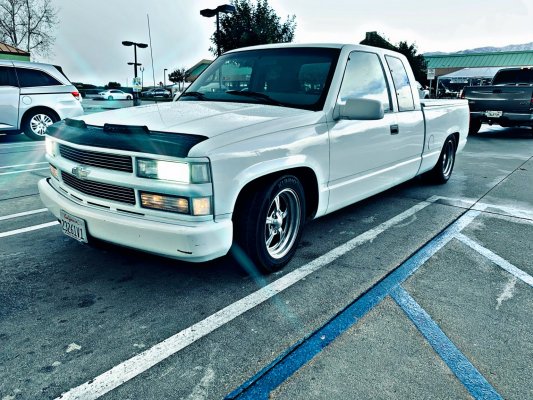1998OBS
Newbie
1998 Chevrolet 1500
Automatic transmission
5.7L Vortec
I have a P0300 code…
So far I’ve done a NEW:
Distributor, cap, rotor, wires, plugs, crankshaft positioning sensor, mass airflow sensor, EGR valve, fuel filter & battery. I’m pulling my hair out.
On acceleration my check engine light blinks and before the new distributor all of the other new parts I mentioned were installed and it was still idling really rough, it sounded very muffled and choppy. After the distributor it sounds somewhat clearer and I smelt rotten eggs like the cylinders that weren’t firing before started too (?) but it’s still choppy and it has a mean vibration and yes… P0300
Is there something that I’m overlooking? What could it be?!
I was told that I need to time it.
I was told it could be the catalytic converter…
I was told it could be the temperature sending unit…
How do I narrow this down?
Automatic transmission
5.7L Vortec
I have a P0300 code…
So far I’ve done a NEW:
Distributor, cap, rotor, wires, plugs, crankshaft positioning sensor, mass airflow sensor, EGR valve, fuel filter & battery. I’m pulling my hair out.
On acceleration my check engine light blinks and before the new distributor all of the other new parts I mentioned were installed and it was still idling really rough, it sounded very muffled and choppy. After the distributor it sounds somewhat clearer and I smelt rotten eggs like the cylinders that weren’t firing before started too (?) but it’s still choppy and it has a mean vibration and yes… P0300
Is there something that I’m overlooking? What could it be?!
I was told that I need to time it.
I was told it could be the catalytic converter…
I was told it could be the temperature sending unit…
How do I narrow this down?


